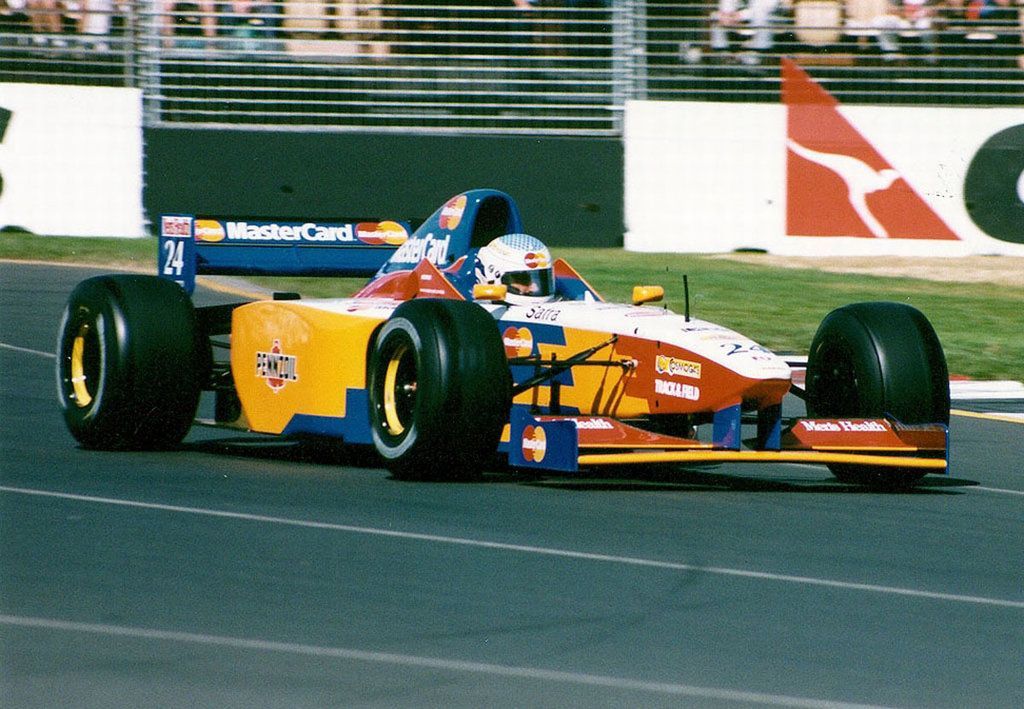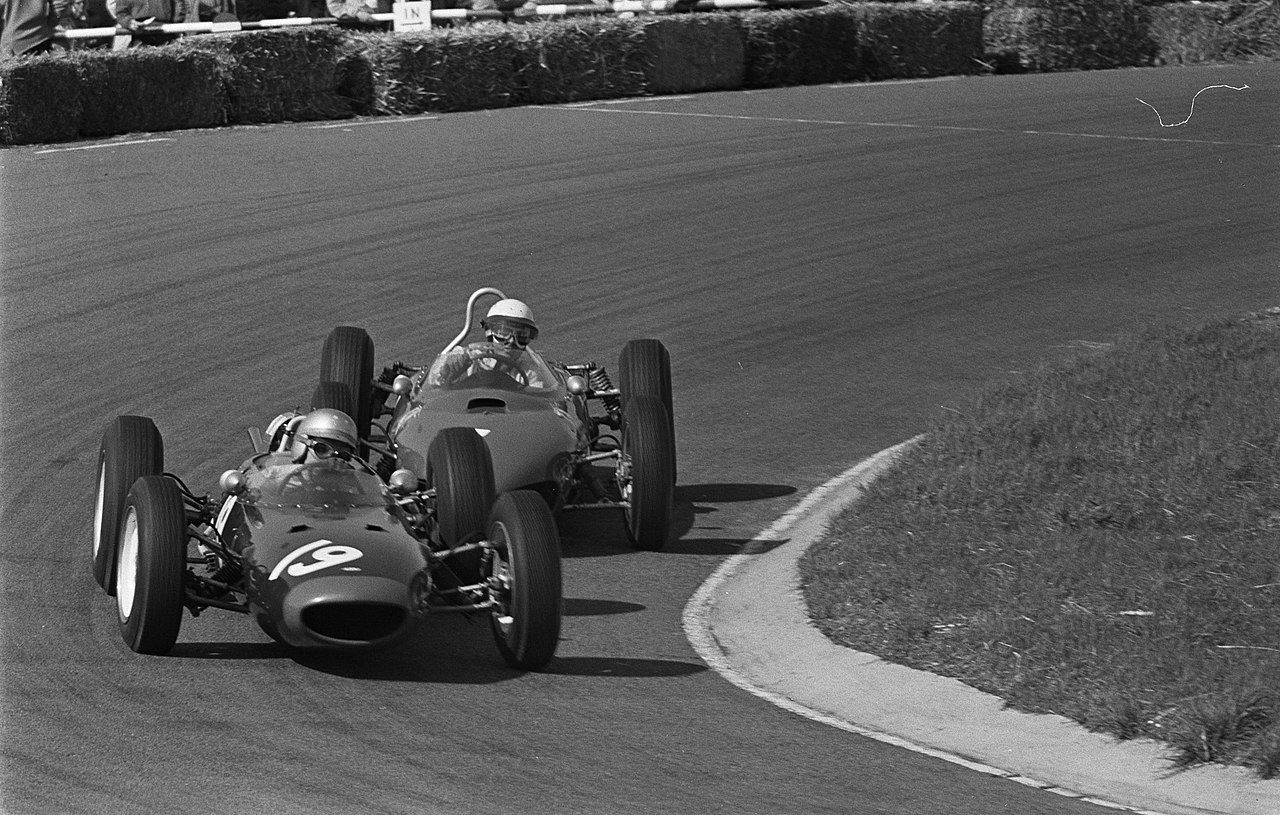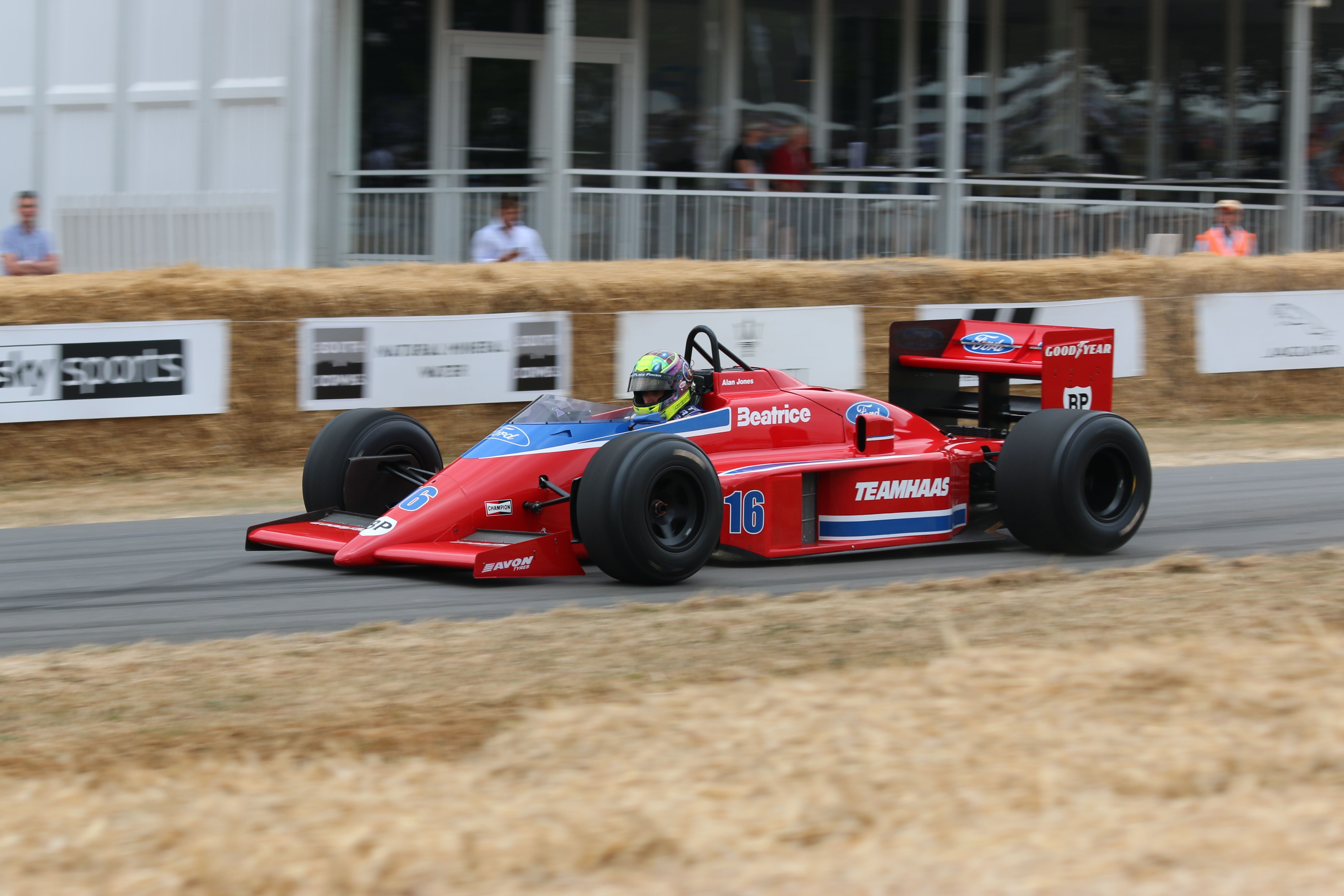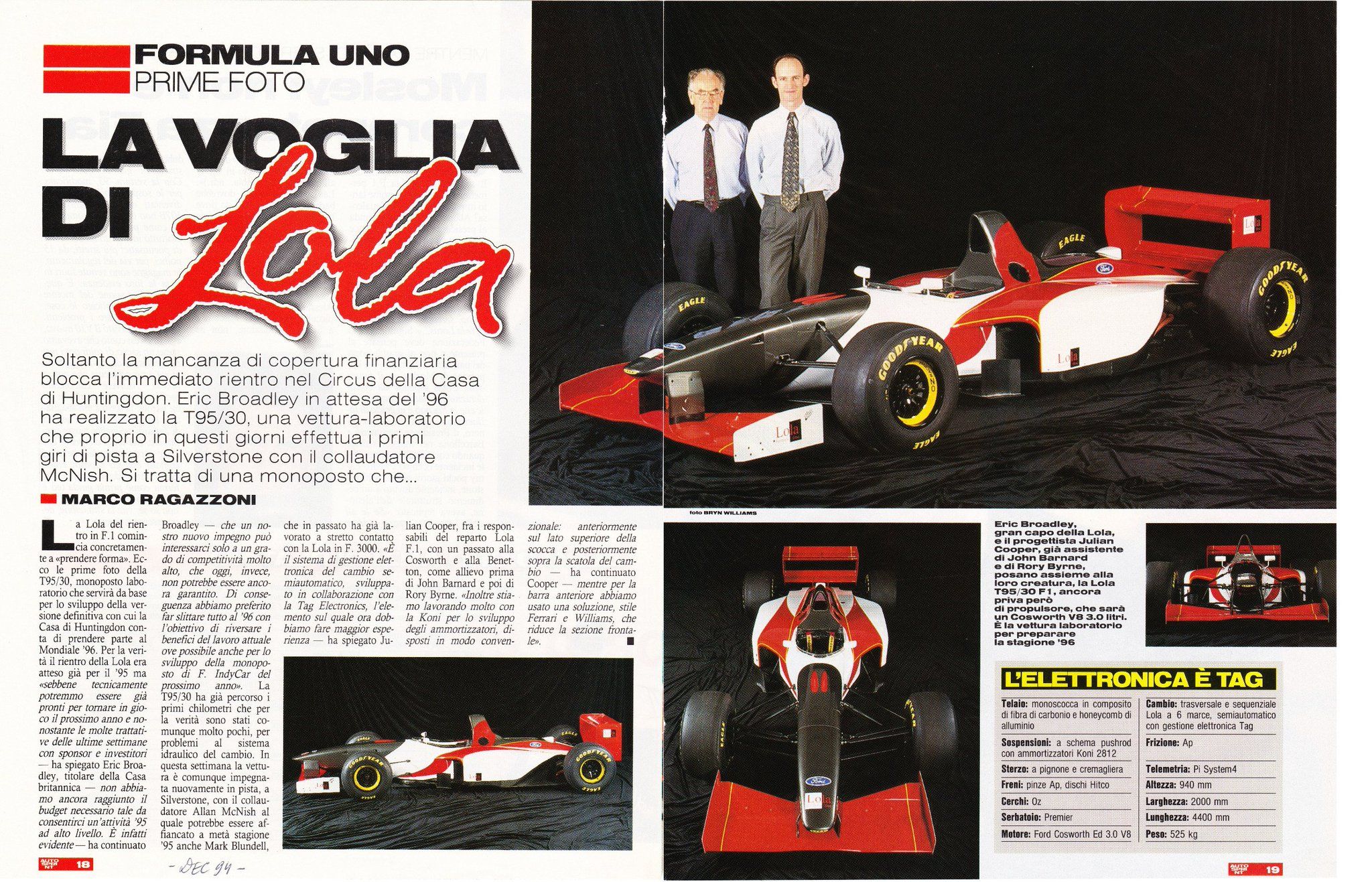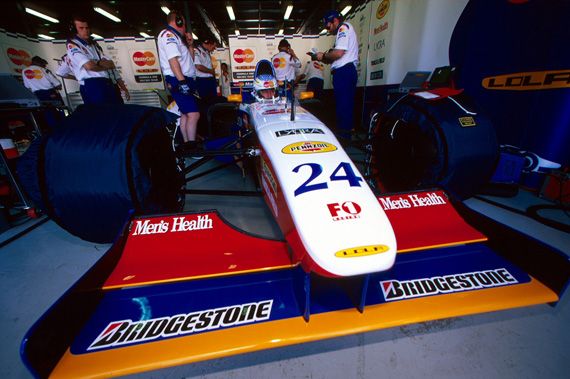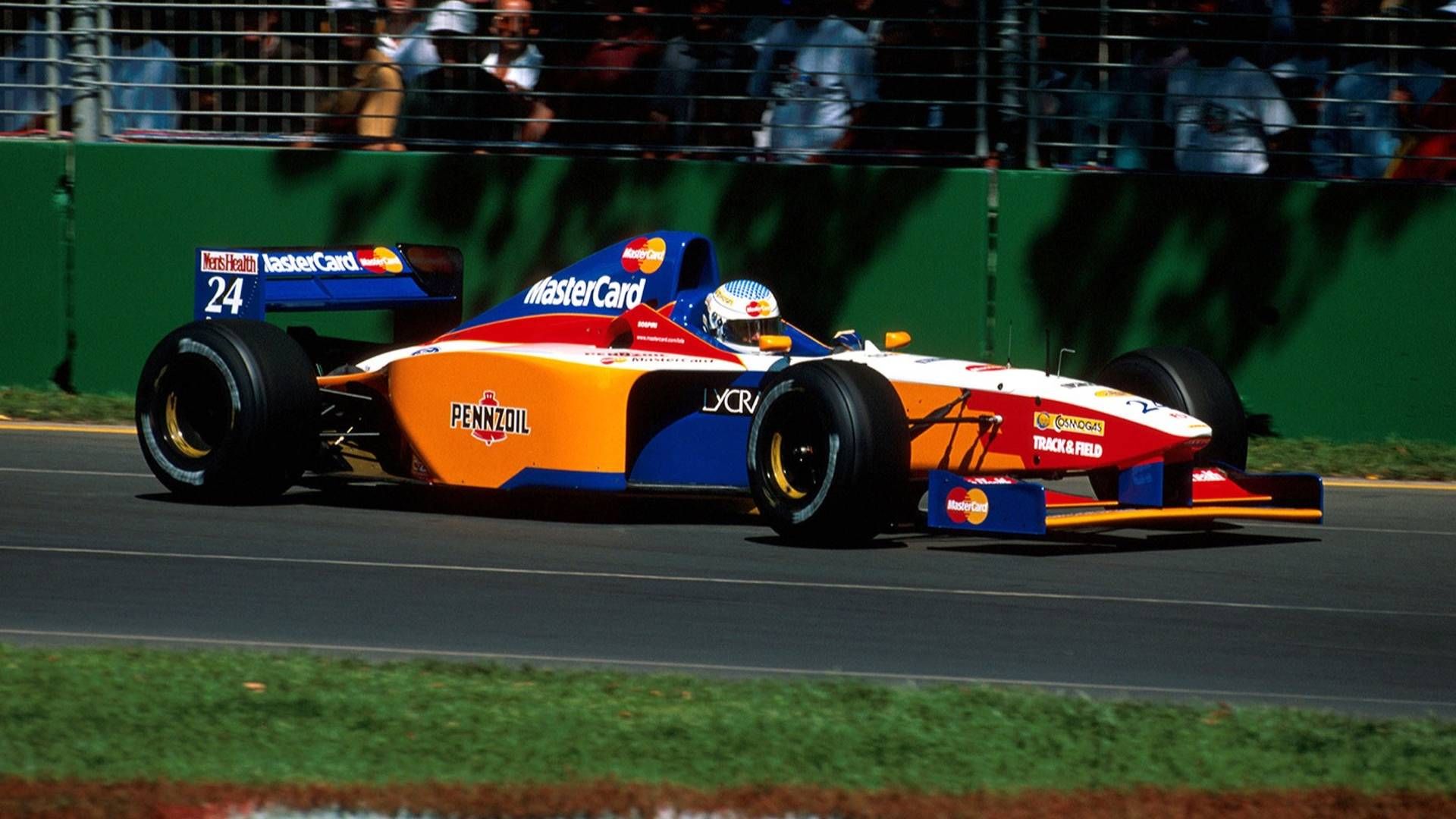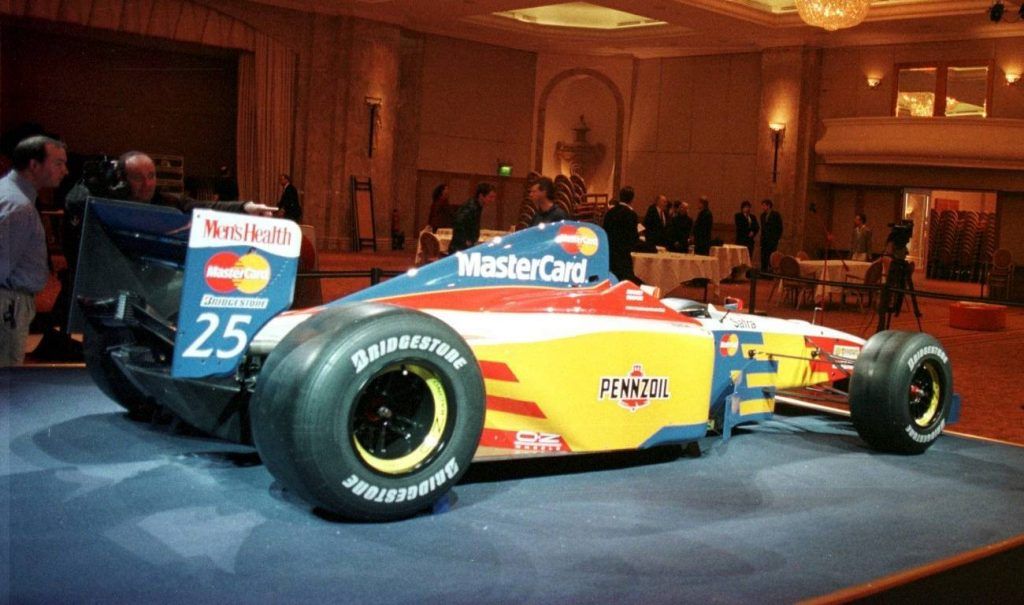Formula One is a story of pursuing victory and glory. Yet behind all the speed legends who had their names written into history, there are far more shattered dreams, mismatched expectations, and unrealized ambitions.
British racing car manufacturer, Lola, packed with rich sporting pedigree and sponsorship from one of the world's largest credit card issuer, once had its Formula One dream on the brink of being realized. Sadly to Lola's surprise, what looked like the greatest leap for their company, turned out to be one of the most short-lived dreams in the history of F1.
Let's start by taking a look at the rise of Lola cars.
Lola Cars: A Race Car Builder With A Great CV
Founded in 1958, Lola Cars was one of the oldest and largest manufacturers of race cars in the automotive world. During Lola's ambitious days, it was pretty much like the present-day Dallara, providing frames, chassis, bodies, and constructions for all sorts of open-wheeler or sportscar racing.
For example, it had collaborated with numerous teams in Group C Prototype, IMSA GTP, Formula Junior, Formula 3, Formula 2, and of course, Formula 1. Wherever there were purpose-built race cars going on a track, you would spot the creations of Lola.
Lola's involvement in F1 began in 1962. The British engineering company provided the Lola Mk 4 open wheeler to the Bowmaker-Yeoman Racing Team. They had decent results with world champion John Surtees as their ace driver, however financial difficulties soon brought an end to the team. Lola rejoined F1 with Surtees again in 1967, this time constructing the monocoque for Honda's first F1 car, the RA300, which won the Italian Grand Prix that year.
Lola Cars continued their effort in F1 throughout the 1970s to 1990s. This included a partnership with world champion Graham Hill's Embassy Hill in 1973, as well as the Haas Lola joint venture in 1985 and 1986. Note that the Haas Lola team of Carl Haas has nothing to do with the present-day Haas F1 Team owned by Gene Haas, and it is simply a coincidence.
Carl's team was backed by Ford as a reliable engine provider, as well as piloted by former world champion Alan Jones. The team was doing well but was once again forced to pull the plug when the main sponsor quitted. Lola would go on with Larrousse in 1987-1991 and BMS Scuderia Italia in 1993. Both of which achieved only mediocre results.
The Ambitious Works Program
After the end of the BMS Scuderia Italia, Lola's founder, Eric Broadley, believed with the company's decades of expertise, it had come to a time for Lola Cars to set up their very own works team. In 1995, the manufacturer first built the T95 test car and fitted that with a Cosworth V8 engine.
It even hired famed sportscar racing driver Allan McNish to pilot the test mule. The T95's specification however, did not follow F1 regulations. It was built simply for flexing Lola's muscles and attracting sponsors.
In 1996, such an objective was achieved in a spectacular manner. What Broadley recruited was not some unknown energy drink maker or some mining corporation owned by a Russian oligarch. It was one of the most popular credit card issuers of the world, MasterCard.
With all the cash he wanted, Broadley's Lola looked ready to set off an F1 journey. What he didn't know was this F1 dream was going to financially ruin his company.
The Demise Of An Ambitious Plan
Lola had a cunning plan. The newly-founded team intended to spend a whole year developing their own chassis and engine and entering the F1 Championship in 1998. The plan made a lot of sense, as it would provide a feasible timeline for building everything from scratch. Plus, 1998 would see a major change in race car specification in the championship, both new and old teams needed to research and develop new parts for the new rules, this gave a better chance for Lola to break into the battlefield.
F1 drivers would hate team orders. For Lola, an 'investor order' would be even more hateful. MasterCard, probably seeing the HSBC-sponsored Stewart Grand Prix entering the championship in 1997, required Lola to follow suit and threatened to withdraw its sponsorship should the British manufacturer failed to do so. Lola had no choice but to enter the 1997 championship in an extremely ill-prepared manner.
With just several months before the season opener in Australia, Lola had no time for both the planned in-house chassis and engine. Eventually, they built a chassis, named T97/30, derived from the company's IndyCar technology, an unproven construction that had never gone inside a wind tunnel or track tests.
The intended Lola V10 was also far from being materialized. The only option available was a Ford ECA Zetec-R V8 engine purchased from the Forti team, which was closed following the 1996 season.
The First And Only Race Featuring MasterCard Lola
MasterCard Lola recruited International Formula 3000 champion Vincenzo Sospiri, together with Brazilian Ricardo Rosset as their driver. Everyone at Lola and MasterCard finally had to face their fate when the T97/30 deputed. The make-shift Ford V8 engine was nothing but an outdated unit, merely propelling the Lola racer with a horrendous lack of straight-line speed. It wasn't doing good at corners too, the chassis and body, without any proper tests conducted, fail to perform in either of weight, rigidity, or aerodynamics.
On the grid of the 1997 Australian GP, MasterCard Lola was probably the most unprepared team. In practice session 2, the MasterCard Lola cars have ranked the bottom two. The fastest Lola driven by Rosset was 6 seconds slower than the antepenultimate Arrows car.
In Saturday's qualifying session, the pole sitter Jacques Villeneuve set a lap time of 1:29.369 with his Williams. Under 1997 rules, drivers would not be allowed to participate in the race if their qualifying time exceeds 107% of the pole position time. This meant Lola would need to set a time below 1:35.625 to start in Sunday's race. Turned out, the fastest Lola driven by Sospiri did it in 1:40.972. The team's debut race ended with two embarrassing DNQs.
On the Wednesday before the upcoming Brazillian GP, the second race of the 1997 season, Lola announced the withdrawal from the Interlagos race due to "financial and technical problems". Shortly afterwards MasterCard Lola withdrew from the F1 Championship. Officially bringing an end to the short-lived team. With MasterCard, the major sponsor pulling out, Lola Cars were in enormous debt, estimated at £6 million.
The race car maker went into receivership weeks later. Although the company was saved by Irish entrepreneur Martin Birrane, it had never reached another success like the old days. Eventually, in 2012, Lola laid off the last employees. The 'Lola' name and intellectual property were bought by Multimatic and Haas Auto.
Judging by financial strength, MasterCard Lola's failure would probably have cost the sponsor insignificantly. Yet for Lola, the storied race car manufacturer had to bear a serious consequence, for a decision that was not even made of their choice. If MasterCard followed Lola's initial plan of joining the championship in 1998, would they be able to turn the tide? Sadly we will never have an answer.
Money talks in major sporting events. That's something we as fans can hardly change. Let's hope there're more reasonable investors and sponsors who are willing to respect and support the expertise and professionalism of the teams, sportsmen, and staff. After all, they are the actual 'priceless' talents who make everything happen.

